
Power Hungry
The Myths of "Green" Energy and the Real Fuels of the Future
Published by Public Affairs, a member of the Perseus Group LLC
ISBN: 9781586487898
Pages: 416
Recommendation
Few subjects carry as much doomsday weight as the battle over the future of global energy. Climate-change Cassandras and deniers, offshore-oil advocates and their opponents, all jostle for position amid a general consensus that the nations of the world need to move sooner rather than later to renewable sources of energy. But energy expert Robert Bryce, in more than 400 heavily footnoted, graphics-packed pages, simply whips out his calculator and does the math, with devastating results for that basic assumption. The modern industrialized world is utterly reliant on abundant supplies of affordable energy, he writes, and hydrocarbons – oil, coal and natural gas – are far and away the best sources for the cheap juice people want for their Macbooks and Maseratis. Forget wind and solar energy; they are simply too diffuse under current technology to make much of a dent in the world’s thirst for power. So what’s a worrier about melting ice caps to do? Bryce makes a very good case that a two-step plan is the only way out for the U.S.: America has enormous reserves of natural gas, so the nation should start with that, and use it until it can build an adequate number of nuclear reactors. Bryce tries a little too hard to make his point, including cracking lame jokes, but you’ll never think about this issue with anything less than clarity again. getAbstract recommends this book to IT managers, heavy-industry executives, politicians and other big-picture planners seeking a real understanding of how to keep the lights on, long term.
Summary
About the Author
Robert Bryce, a senior fellow at the Manhattan Institute’s Center for Energy Policy and the Environment, is former managing editor of the Energy Tribune. He wrote A Gusher of Lies: The Dangerous Delusions of “Energy Independence.”



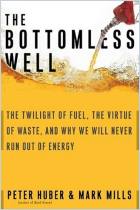
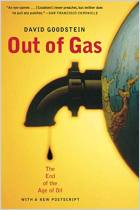
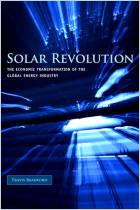
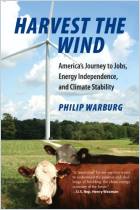

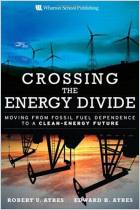






Comment on this summary